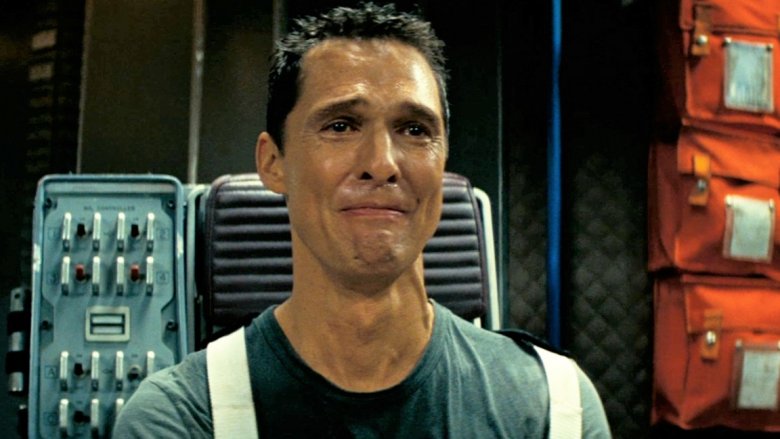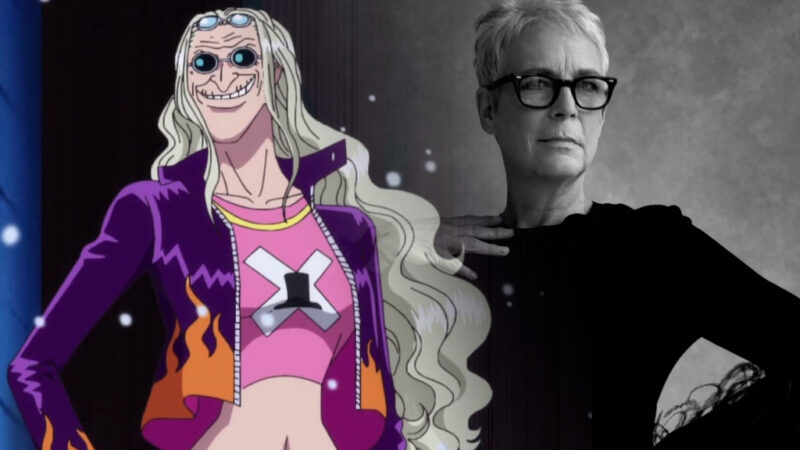Christopher Nolan Confesses He Changed The Ending Of Interstellar, Explains Reason Behind It
In the world of mind-bending cinematic journeys, Christopher Nolan reigns supreme. His 2014 sci-fi epic, “Interstellar,” left audiences pondering the cosmos and scratching their heads in awe. But did you know that the enigmatic director recently confessed to altering the film’s ending? Hold onto your wormholes, because we’re about to dive into the reimagined conclusion of this cinematic masterpiece.
Interstellar Reimagined: A Cinematic Odyssey
Interstellar isn’t just another space flick. It’s a mind-bending exploration of time, space, love, and the human spirit. With its scientific accuracy and complex storytelling, the film has garnered a devoted following since its release.
In this altered finale, Nolan takes us on an even wilder ride, leaving us questioning everything we thought we knew about the fifth dimension. But before we dive into the reimagined ending, let’s take a quick trip down the wormhole of the original conclusion.
Interstellar’s Original Ending: A Recap
In the original third act of Interstellar, our intrepid hero, Cooper (played by Matthew McConaughey), makes the ultimate sacrifice, plunging into a black hole alongside his trusty sidekick, TARS. Meanwhile, his colleague, Amelia Brand (Anne Hathaway), ventures onto the planet Edmunds to secure humanity’s future.
Inside the black hole, Cooper encounters the mind-bending “tesseract,” a fifth-dimensional space that looks suspiciously like his daughter’s bedroom bookshelf. From this surreal vantage point, he transcends time, communicating vital information back to Earth, ultimately saving humanity from extinction.
When Cooper finally emerges from the tesseract, he returns to Earth only to discover that 90 years have passed, while he has barely aged. The film concludes with Cooper’s quest to reunite with Amelia Brand, who may have successfully colonized elsewhere.
The Altered Ending: A Deeper Dive
Now, here’s where Nolan’s recent confession comes into play. In the reimagined ending, he takes the concept of causal loops and love to an entirely new dimension.
Firstly, let’s address the mind-boggling “tesseract.” This fifth-dimensional space is not just visually stunning; it’s also scientifically plausible, as experts have noted. But the real revelation? The creators of the tesseract are not extraterrestrials, as you might have thought. They are none other than future humans who have evolved into fifth-dimensional beings.
Yes, you read that correctly. Future humans, existing beyond the laws of the fourth dimension, including time, have crafted this space to guide Cooper in understanding their reality. They’ve transcended time and space to save themselves by aiding their ancestors.
Now, you might wonder about the causal loops throughout the film, a favorite plot device in the sci-fi genre. Brace yourself, because it’s a doozy. The tesseract revelation unveils that Cooper has been Murph’s ghost all along. He’s the reason he embarked on this cosmic journey. Through the tesseract, Cooper sets the coordinates to NASA’s secret base, a feat he couldn’t have achieved without Murph’s ghost, kickstarting the entire mission. It’s a causal loop that befuddles the mind but allows future humans to essentially save themselves.
Love Conquers All, Even Space and Time
In both the original and altered endings, love plays a pivotal role. While Interstellar is grounded in scientific exploration, it beautifully underscores the power of love. As Brand points out earlier in the film, love transcends dimensions of time and space. It’s this profound, human connection that drives the story forward.
In the end, Cooper encodes the quantum data he collected inside the black hole into a watch, trusting that his daughter, Murph, will one day retrieve it. His love for her and her love for him become the linchpin in saving humanity, proving that love’s ripple effects can alter the course of history, even across galaxies.
A Nolan Twist for the Ages
Christopher Nolan’s decision to alter the ending of Interstellar takes an already mind-bending film to new heights. The revelation that future humans orchestrated this cosmic symphony adds a layer of complexity that keeps us pondering long after the credits roll.
As we continue to unravel the mysteries of the universe, one thing remains clear: love, in all its dimensions, will forever be the guiding force that propels us to explore the cosmos, bridging the gaps between time and space.
So, next time you gaze up at the stars, remember that beyond the cosmic wonders and black holes, there’s a love story that transcends the very fabric of reality itself.
And with that, we bid adieu to our interstellar journey, knowing that Christopher Nolan’s genius continues to shape our cinematic universe.
Also Read: Johnny Depp Signs A 3 Year Deal With Dior For $20 Million






















